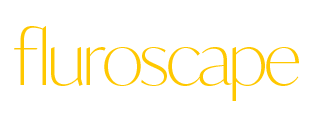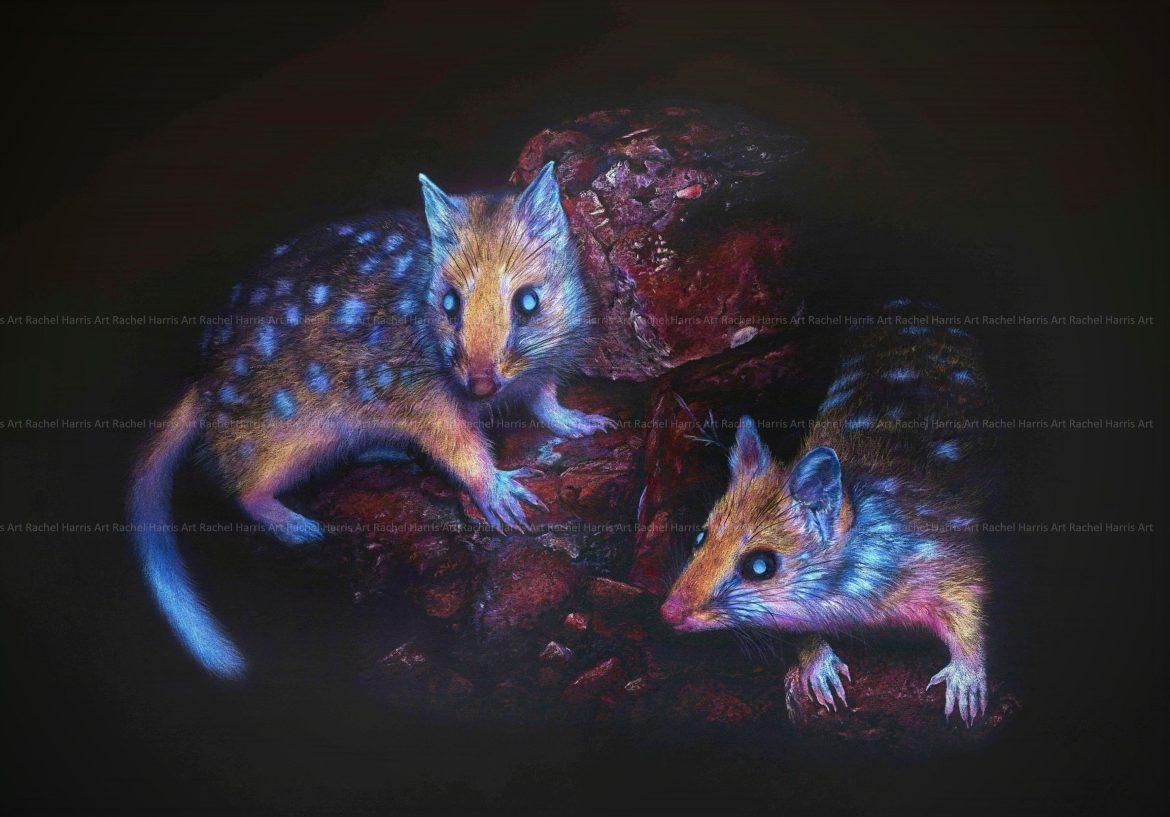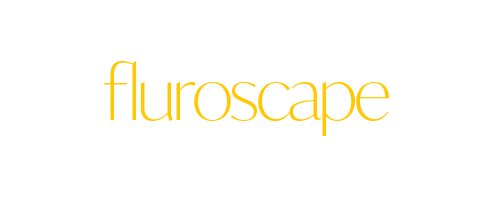As an ex-scientist turned wildlife artist, I’m constantly looking for inspiration.
My style is realism in colour pencil—immersed in details, grounded in a fascination with how animals are structured, how they move, how they behave. And to capture all of that, sourcing high-quality photographs is key. It’s the only way to bring those delicious details to life with a degree of accuracy only a certain kind of person would notice.
Ever since I started drawing birds in 2020, my bushwalks around lutruwita/Tasmania have doubled as reference-hunting missions. My phone is full of close-ups of fungi, bugs, flowers and skinks, interesting perch textures, and countless blurry “action shots.” Spoiler alert: I’m not a photographer. Which is why I often collaborate with those who are—working directly with talented photographers (with permission, of course) to bring my visions to life.
Usually, the process of creating an artwork is slow and deliberate. It starts with an idea, then days (or weeks) pulling together references, often Frankenstein-ing bits and pieces into the exact pose I have in mind. Only once I’ve settled on something I’m happy with can I start drawing—a journey that takes 20 to 50+ hours spread across weeks or months.
It’s slow art in a fast-moving world.
But sometimes? Inspiration just falls into your lap.
The Collaboration That Lit Up My Palette
That’s exactly what happened when photographer Ben Alldridge reached out with an offer I couldn’t refuse: was I interested in creating an artwork inspired by his images? One look at his incredible photographs and my answer was a very quick “yes.”
I knew immediately what I wanted to create: a pair of eastern quolls, emerging from the darkness, bathed in fluorescent hues. Yes, please.
I’d already been experimenting with dramatic lighting in my work—using a single white pencil on black paper to create lifelike Tasmanian devils with depth and contrast. Taking that concept into full colour? Equal parts exciting and daunting.
One thing was clear: there’d be no room for my usual comfort-zone colours. The earthy browns, blacks, greys, creams and tans—the “workhorses” of animal art—would be off the table. For this piece, I finally had an excuse to dive into the brightest, boldest pigments in my pencil tins, many of which had never been used.



Cracking the Fluorescent Code
Complication number one: When Ben explained how he captured these jaw-dropping shots of quolls under UV light, I knew my challenge: how do you recreate that electric, fluorescent quality using nothing but normal colour spectrum hues? I don’t own a single fluorescent pencil, so I’d have to rely on colour theory—and a lot of patience.
Complication number two: vibrant oranges fading into blues. If you know your colour wheel, you’ll know mixing those creates a muddy green—absolutely not the vibe I was going for. And I’d have to overcome this problem dozens of times over, for each of the quolls’ spots. Every. Single. One of them.
The solution lay in the details. Studying Ben’s images closely, I noticed how colours blended (or didn’t) in surprising ways. Hot pinks hid threads of peach, orange and purple. Neon blues had minty undertones that made them pop. These discoveries became the roadmap.
Where orange shifted into blue, I didn’t blend them directly. Instead, I built a seamless gradient: orange → pink → purple → blue. No muddy greens, just pure, glowing colour. It was painstaking work, but worth every second. By the time I finished, I’d counted around 80+ pencils scattered across pots and jars around me.


Slow Art, Fast World
I create from my dining table on Hobart’s eastern shore. It’s not glamorous, and it’s definitely not Pinterest-worthy, but it works for me. With a full-time office job, art happens in the margins—late nights, weekends, any spare moment. Sometimes with music or podcasts, sometimes with background TV, and often in silence. Whatever the setting, the process always feels meditative. Slow, mindful, grounding.
This piece reminded me of something important: you can chase inspiration for weeks, but sometimes the best opportunities find you. The magic is in saying yes.
If you’d like to see the photograph that sparked this artwork—and explore more of Ben’s extraordinary captures of Tasmania’s wilderness—check out his website. Trust me, your heart (and your sense of wonder) will thank you.
Rachel Harris is a Hobart-based artist specialising in life-like colour pencil drawings of Tasmanian wildlife (and occasionally pets). Her work can be found on Instagram, Facebook and online at https://www.rachelharrisart.com.au/



2 comments
Rachel – I’m so honoured that you agreed to see this idea through, and so impressed with how you took the remit and ran with it! Thank you so much for your write-up; seeing the minutiae of what goes into the creation of an experimental work like this is a rare glimpse behind the curtain into genuinely unique creation!
Ben, I am so thankful and honoured that you trusted me to work with your images! What a fabulous collaboration – and hopefully not the last 🙂